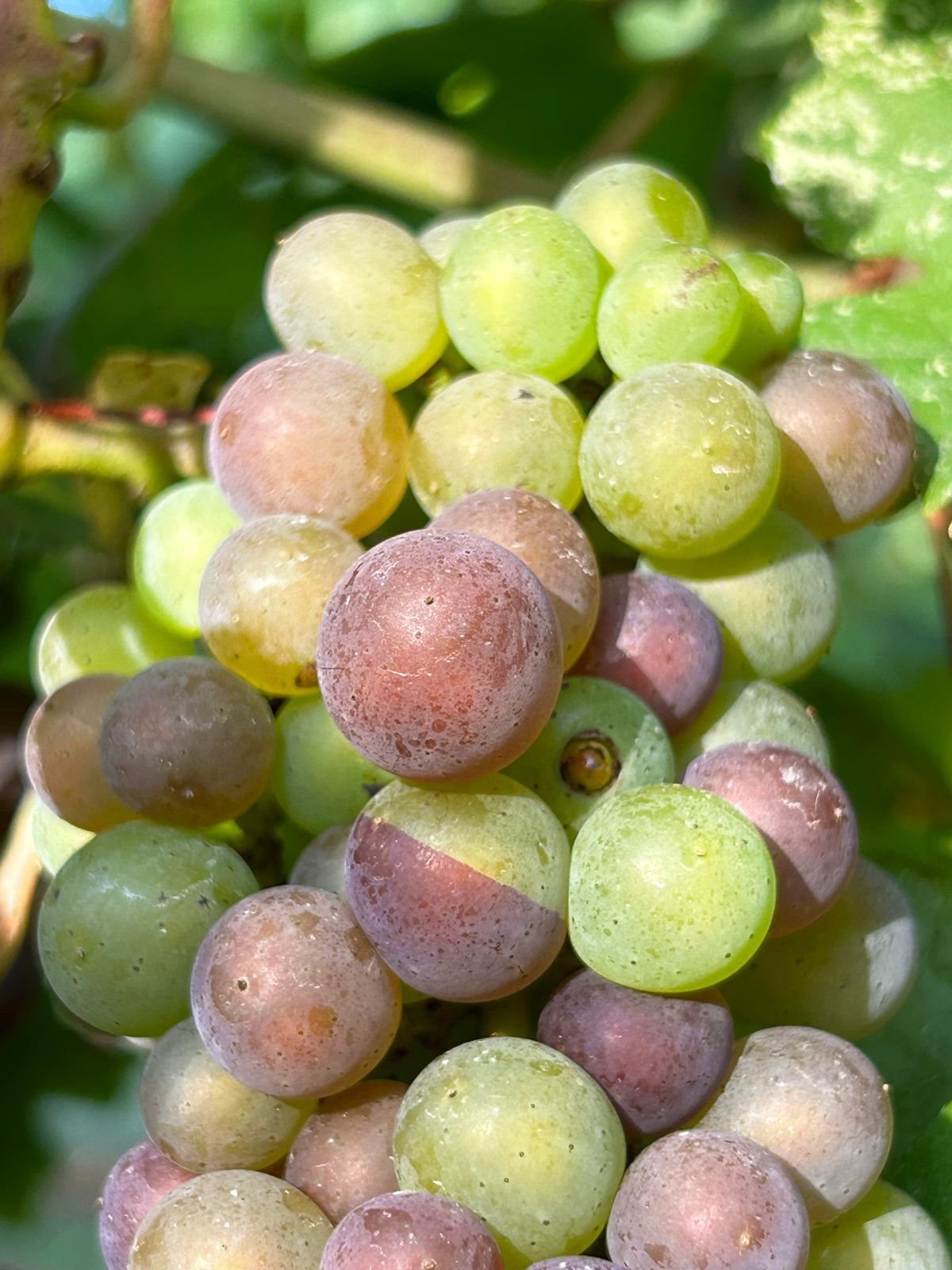“The greatest enemy of knowledge is not ignorance, it is the illusion of knowledge.”
Stephen Hawking
Path from soil to wine, a ‘vertical’ study
In the view of Vitenova, it is useful to assess the behaviour and potential of the individual vineyard.
By acting in such detail, it is possible to identify the characteristics that distinguish one plot from others and to understand how these change in different vintages. By doing so, we can identify a connecting line between soil, plant and end product quality.
The study of what we call the Soil-Plant-Vine ‘vertical’ is based on innovative analytical insights (EVO Analysis; Estimated Biomass Model) that are useful in revealing the health and ‘functioning’ of the soil-plant system. We work to define the company’s terroirs, including through the creation of soil profiles to gain a better understanding of their characteristics, their relationships with root systems and the processes that take place, unseen, ‘under our feet’.

A number of analytical studies help us to better understand the peculiarities of each territory and each farm plot:
- Chemical-physical soil analyses
- Biological soil analyses
- Analysis of the petiole and leaf blade;
- Technological, phenolic and aromatic maturation of the grapes;
- Physical and mineral properties of the berry.

It is also thanks to this information that Vitenova is able to steer and support specific agronomic choices, correcting any shortcomings in the course of the process or planning in advance improved strategies for the future.
The Vitenova team is committed to providing the ‘keys to understanding’ in order to make each analysis truly useful for all wineries figures involved. The data collected is processed, interpreted and reported in an easy-to-read report, in which the numbers are translated into operational advice. Finally, the results are the subject of continuous comparison and dialogue with field technicians, oenologists and marketing staff.









